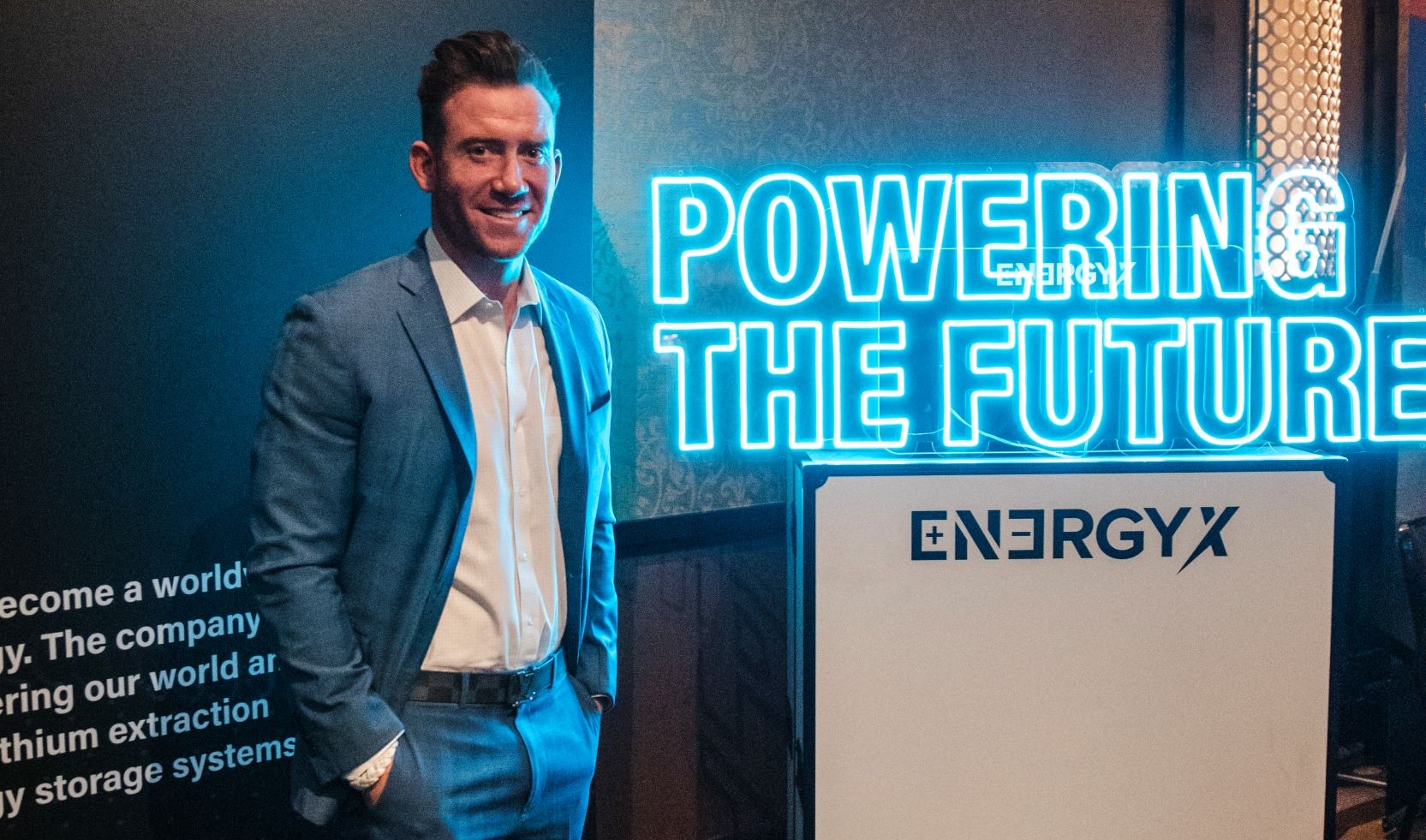With 2022 right around the corner, the lithium market is stronger than ever. This year saw a wide range of developments that affected the wider clean transition movement and had subsequent positive outcomes for the lithium sector. Here is a recap of 2021’s major lithium developments, and a look at what is to come:
Biden Administration National Determined Contributions (NDCs)
One of the first major policy adjustments that indicated how President Biden intended to drive a transition to low-carbon, the NDC called for among other things:
- 50% reduction in carbon emissions by 2030 (from 2005 levels);
- 100% low-carbon energy production by 2035; and
- Improving air quality by decreasing transportation-related pollution.
These specific goals can only be achieved by a rapid shift towards renewable energy and electric vehicles (EVs). From an energy perspective, large-scale lithium batteries are capable of reducing the intermittency of renewables, and provide high-capacity power storage. Transportation is set to see a surge in sales for EVs as the Biden Administration is expected to further develop the nation’s EV infrastructure and encourage the adoption of electric mobility over fossil-fuel vehicles.
Lithium Carbonate Prices Soar Amidst Growing Demand
The International Energy Agency (IEA) indicated that the market for renewable energy and lithium battery manufacturers could be worth $27 trillion if the world gets on track for net-zero emissions by 2050. This was bolstered by reports that EV sales between 2020 and 2021 grew by over 80% on the back of growing commitments from leading auto manufacturers to build more electric models.The global EV market was estimated at almost $290 billion in 2021, and is projected to grow to over $1.3 billion by 2028.
In addition to a concentrated global push towards renewable energy, lithium carbonate prices hit record highs, with a ton of battery-grade lithium going for $25,000 USD in Q3 2021. Lithium prices are expected to continue to rise as global governments quicken their pace to reduce carbon emissions and adopt cleaner energy and transportation alternatives. Subsequently, there has also been major activity in lithium-rich countries as private companies and governments seek to secure a position within the increasingly lucrative lithium supply chain.
United Nations’ 26th Climate Change Conference (COP26)
Heralded as one of the most important climate summits to be held since the 2015 COP21 which saw the creation of the Paris Agreement, COP26 disappointed many climate activists – yet the decisions taken in Glasgow benefit the lithium industry. For the first time, delegates recognized the negative impacts of fossil fuels and agreed to reduce subsidies for the carbon-intensive energy source.
Bolstered by pledges for Net-Zero commitments as well as announcements of rapid decarbonization of several major economies, this is a clear win for the lithium industry. As our own VP of Growth Strategy Milda Saenz pointed out following the summit: “Renewable energy needs high-capacity storage, an electric transport sector needs batteries – a reduction in fossil fuels will help drive demand for both of these. Lithium is at the centre of this transition.”
Rising Popularity of Grid-Scale Batteries
The Hornsdale Power Reserve (HPR) launched by Tesla in South Australia in 2017 helped showcase the versatility of large-scale lithium batteries. Since then, there have been projects launched in the United States and Europe aimed at facilitating the transition to renewable energy. Some of the most salient examples from 2021 include:
- California installing 1.2GW of battery storage in under a year, and expected to double by the end of the month;
- The EU announcing that batteries will play a key role in the Bloc meeting its 2030 goal of reducing 55% of its greenhouse gas emissions; and
- Tesla backing another Australian battery project in Queensland, while the state of Victoria opened its own lithium-battery power reserve.
Lithium batteries’ are becoming a go-to energy storage solution, and are seen as an integral part of a low-carbon future and is part of the reason that several nations have designated lithium as a material of critical importance. Bloomberg expects that 358GW of energy storage will be installed by 2030, and will attract $262 billion to the market.
EnergyX Continues to Set its Expectations High
This year was one to remember for our company – we have had a lot of success throughout 2021, which included EnergyX:
- Closing its first crowdfunding campaign with $15 million raised;
- Securing $20 million in financing from within the lithium industry to become the leading Direct Lithium Extraction (DLE) provider on the market;
- Breaking ground on the 100-person Innovation Labs in Austin, Texas;
- Becoming the Platinum Sponsor of the Fastmarkets Lithium Supply & Markets Conference and EV Battery Materials Summit 2021;
- Finishing the building and testing phases of its LiTAS pilot plants before sending them to live lithium extraction sites in South America; and
- Appearing in over 100+ media stories, including features in Forbes, Mining Global, S&P, Reuters, and the New York Times!
EnergyX will be building on this success in 2022, stay tuned for more updates on our social channels and sign up to our investor mailing list to stay apprised of all the latest developments!

